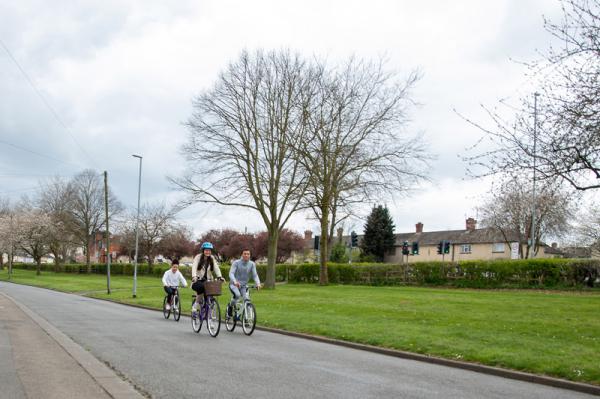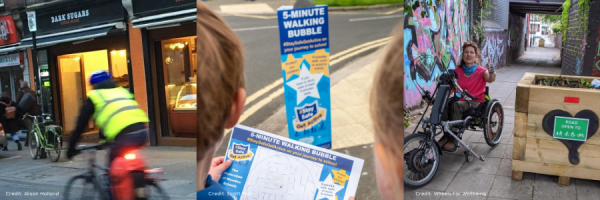How to Promote Active Travel for your Area
Create attitudes and behaviour in your area through good communications
Creating behaviour change for those who have become ingrained in their habits is no easy task especially if those who challenge you also are in a position of power and influence.
For example, many people have become accustomed to parking their car wherever they like, such as on pavements which forces others to walk on the road, and feel aggrieved when it is suggested that they may no longer be able to do that.
So - care is needed to help people see the benefits of change whilst being honest about the adaptations they will need to make and why.
How can we increase active travel, namely through walking and cycling?
There are some different angles to think about when it comes to changing people’s behaviours, such as:
- What behaviour are you trying to change?
- Whose behaviour are you trying to change?
- Where are you trying to change the behaviour?
- When are you trying to change the behaviour?
- How often are you trying to change the behaviour
It helps to think about whether the communities in which you are trying to instigate the behaviour change have the capability currently to increase active travel.Interventions and initiatives such as reward systems on an app like Strava, which taps into people’s reflective motivation, or signs which people could place in their cars “Burn calories, not carbon”, reminding them of being more active, rather than using the car are great motivators.
More examples of great and interesting ideas can be found here: https://www.local.gov.uk/increasing-active-travel.
How Can Town and Borough Councils Promote Walking and Cycling?
Better health, better lifestyles, better neighbourhoods, and a better world - the benefits of walking and cycling are many.
Governments, academics, health professionals, educators, charities, social enterprises, businesses, campaigners and local authorities all have a role to play in helping encourage and enable more people to choose these modes for short everyday journeys.
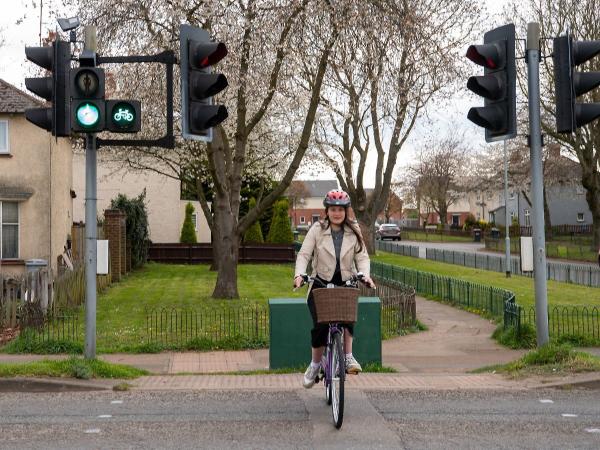
Impact of COVID-19
Now, as we emerge from lockdown and rebuild our routines, the need to socially distance places extra strain on our public transport and street space.
With reduced capacity on buses and restrictions on car sharing we are seeing increased traffic congestion. However by making our streets safer and enabling more walking and cycling the volume of cars on our roads can be reduced. This also improves air quality and boosts long term health resilience.
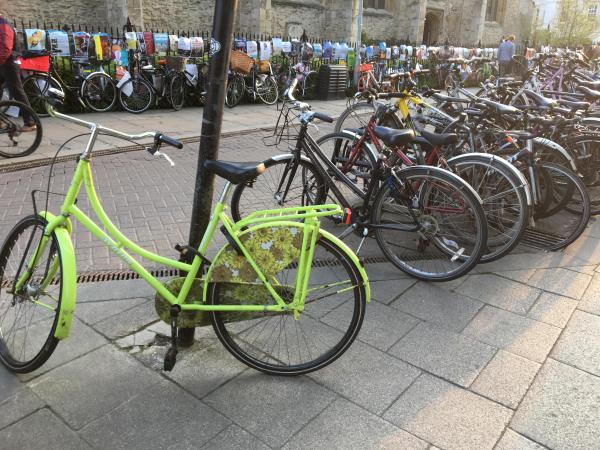
Changing Attitudes through Good Communications
Make all the language around cycling and walking less divisive - refer to ‘people who cycle’ and ‘people who walk’ rather than ‘cyclists and pedestrians’.
- In any communications imagery make sure you feature people cycling of different ages, ethnicities, genders and abilities. Include all kinds of cycle - cargo bikes, adapted bikes, trikes and bicycles.
- Use the word ‘cycle’ rather than ‘bicycle’ - this then encompasses trikes, hand cycles (eg for wheelchair users) and adapted cycles - not just two wheeled cycles which is what bicycles are. See Wheels for Wellbeing for expert advice and info on this https://wheelsforwellbeing.org.uk/.
- Put less focus on speed (although cycling can get you through town quicker than driving)... cycling for everyday journeys is not a race or a time trial - if cycling is portrayed as being for the fast and fit, it will be hard for slower, more cautious people to start riding.
- Don’t get obsessed with cycle helmets and high vis - they protect in certain circumstances but can be a barrier to participation. Individuals can judge for themselves whether need for that ride - a slow pootle to the shops on a safe route in daylight doesn’t require safety equipment. A casual ‘don’t forget your cycle helmet’ comment at the end of a cycle promotion campaign could be what stops people taking part.
Nudges
Positive signage and nudges have a cumulative effect. Showing how many minutes it takes to cycle or walk to a key destination may make people realise it could even quicker than driving/parking and is achievable.
When organising events make sure directions and facilities for those walking and cycling are given prominence above driving.
Put cycle storage near doorways as a nudge for more people to use.
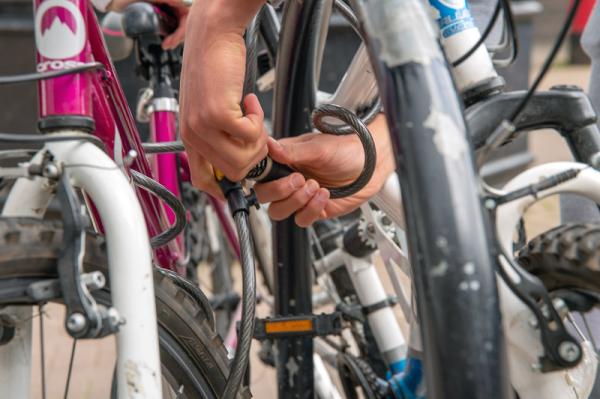
Policies
Look at seemingly unrelated areas of your remit and see how they can be made more cycling and walking friendly… and create additional benefits. For example having a cargo bike entrance for your recycling centre and cargo bike hire available can reduce traffic queues and congestion at the tip.
Planning policies offer big opportunities to promote walking and cycling. There are already legal requirements for cycle stands to be installed but this is often basic and not secure enough (eg only front wheel can be locked) and may not include shelter from elements.
Make it a requirement that new commercial builds must have shower/change facilities for people who cycle - not everyone needs this but those doing long rides or in bad weather do.
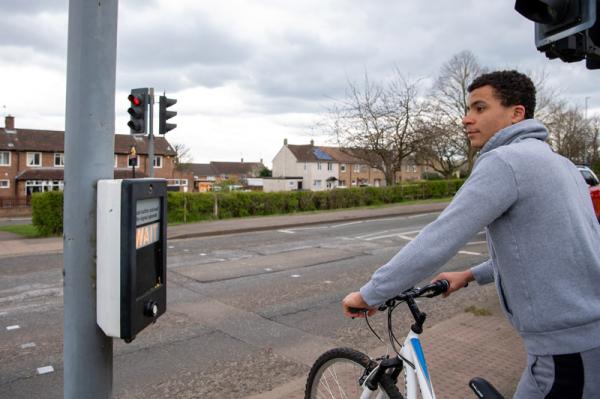
Political support
Many local authorities have already declared a climate emergency which includes actions to promote active travel as transport is the highest source of carbon emissions.
A more specific focus on walking and cycling can be agreed by councillors - in October 2019 Kettering Borough Council approved a motion to prioritise walking and cycling over car travel so officers could develop measures to implement this.
Councillors can make use of their budgets to support active travel initiatives put forward by their communities, eg fund cycle storage or related initiatives at schools.
Schools and not for profit organisations are good priorities for cycle storage funding as these users may be most likely to be engaged and may not have funding to implement otherwise.
